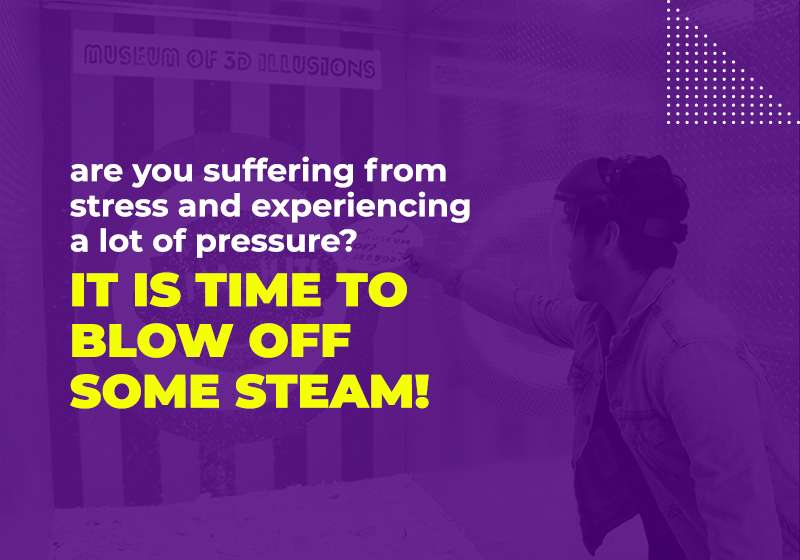
The streets of San Francisco’s Tenderloin district crackle with stories—gritty, glorious, and often forgotten. This dense square of city blocks hides a tapestry of human resilience, woven from decades of unrest, revival, and radical change. From flophouses and jazz bars to union halls and protest marches, the Tenderloin pulses with raw, unpolished truth, offering a chronicle of urban life that few other neighborhoods can match.
Once known as the city’s vice-ridden underbelly, the Tenderloin evolved into a cultural crucible, welcoming immigrant families, artists, war veterans, and the marginalized. It was here that musicians played all night in underground clubs and tenants stood their ground against aggressive developers. The area became a battleground for housing justice and a refuge for those ignored by more affluent neighborhoods in San Francisco.
While often misunderstood, the Tenderloin is now gaining recognition as a cornerstone of San Francisco history. Each building, faded mural, and flickering neon sign stands as a monument to lives lived boldly and on the edge. It’s this layered richness that makes the neighborhood not just a place—but a living, breathing archive of the human spirit.
The Uptown Tenderloin Museum: Voices of the Unseen
Inside the modest brick walls of the Uptown Tenderloin Museum, history refuses to be silenced. Here, the museum reclaims narratives long buried under urban noise, inviting visitors into a deep dive through time. Personal testimonies, rare photographs, and artifacts reveal what textbooks rarely cover—the struggles, victories, and everyday moments that define the Tenderloin’s identity.
The museum doesn’t merely tell history—it immerses visitors in it. One exhibit echoes with the chants of 1970s rent strikes, while another recreates the lush atmosphere of a long-closed jazz lounge, complete with ambient sound and flickering signage. Stories of community leaders, artists, and social workers are presented not as relics but as living memory. It’s a space where the soul of the tenderloin is given voice.
Unlike traditional institutions, the museum places community at its center. Volunteers lead many of the tours, offering firsthand insights into decades of change. This museum isn’t just about the past; it’s a platform for present-day advocacy and pride. Within its compact footprint, it holds a mirror to San Francisco’s deeper social currents—bold, unapologetic, and unfiltered.
Museum of 3D Illusions: Escaping Reality in San Francisco
Just a few blocks from gritty urban history, the Museum of 3D Illusions offers a jarring but exhilarating contrast—a plunge into playful illusion and surreal escape. Inside its doors, visitors can find themselves drifting weightlessly among clusters of vibrant floating balloons or tiptoeing along the razor-thin edge of a mountain precipice. Every angle, backdrop, and shadow is designed to distort, enchant, and inspire imagination.
The San Francisco location fuses these dreamlike visuals with familiar city backdrops, transforming local icons into immersive stage sets. Whether you’re leaping across rivers of molten lava cascading down Lombard Street or escaping twisted car wrecks frozen mid-motion, each exhibit delivers an adrenaline rush of visual trickery. The scenes demand participation: strike a pose, act a part, and become part of the illusion.
And when fantasy alone isn’t enough, there’s Smash It!—a cathartic add-on where visitors write frustrations on plates and gleefully destroy them in a safe, expressive explosion. Together, the Museum of 3D Illusions and Smash It! offer San Francisco a different kind of storytelling—one rooted not in history, but in emotion, perception, and play. It’s a modern counterpoint to the tenderloin’s archival narrative: vibrant, chaotic, and utterly unforgettable.
Angel Island to Eddy Street: Framing San Francisco’s Forgotten Stories
Angel Island State Park, often called the “Ellis Island of the West,” bears the weight of thousands of immigrant journeys—each one inked in poetry carved into its barracks walls. The island offers windswept trails, preserved detention sites, and panoramic views of the bay, all steeped in the hope and hardship of arrival. These immigrant tales echo into the tenements and hotels of the Tenderloin, where generations have landed after disembarking from distant shores.
While Angel Island tells its stories through natural silence and solemn ruins, the museum in the tenderloin roars with urban memory. The contrast between island seclusion and downtown congestion highlights the dual nature of San Francisco’s immigrant experience—solitary reflection on one hand, and shared struggle on the other. Together, these spaces challenge visitors to view history from multiple angles.
Whether you begin your journey among eucalyptus trees or on the cracked pavement of Eddy Street, the result is the same: a deeper appreciation for the complex mosaic of San Francisco. The museum and angel island state park do more than preserve—they provoke, reminding us that the city’s history is not singular but sprawling, messy, and ever-evolving. Through their distinct lenses, each tells a crucial part of the whole.
FAQ
Is the Tenderloin Museum connected to other landmarks in San Francisco?
Yes, the museum complements sites like Angel Island and the Museum of 3D Illusions, offering a broader view of San Francisco’s cultural, immigrant, and artistic stories.
Why is the Tenderloin district important to San Francisco history?
The tenderloin is a historic hub of activism, art, and immigration, and the museum brings these layered narratives to life through immersive exhibits.


